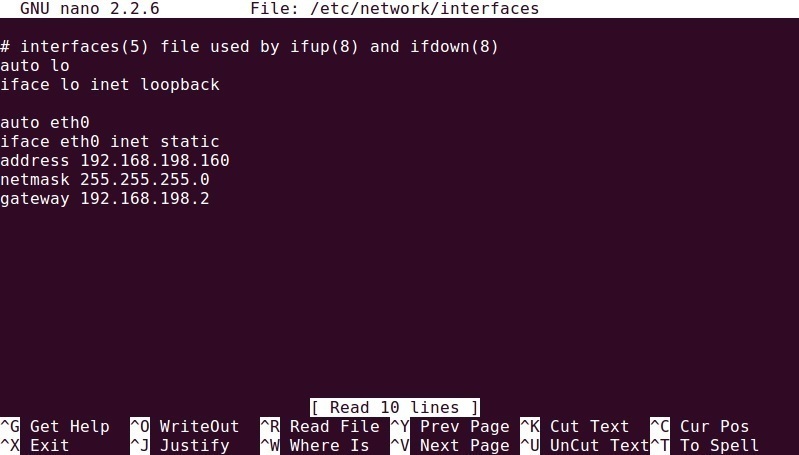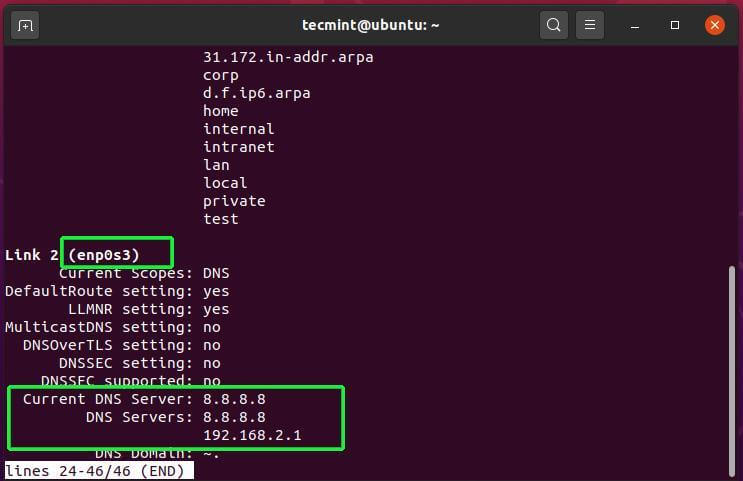

This allowed me to mimic a networked environment where a browser is making requests to a server sitting somewhere else on the network. To write this article, I used a Windows 7 machine that hosts a Linux virtual environment (Ubuntu) running on a VMware Player. See the responses to the client from the server, including HTTP headers, commands and HTML returned.See the requests to the server, HTTP headers, commands and parameters.Wireshark can be used to troubleshoot network issues such as:

You will need to download Wireshark, and this article assumes that you have access to a network where JasperReports is running. The Wireshark documentation mentions that capturing on a fully saturated 100 Mbit/s Ethernet will produce around 750 MB of data per minute, so you'll have to take care to run your tests judiciously. The focus of this article is to use it to analyze network performance for an environment where an instance of JasperReports Server is running, to see whether or not it is performing acceptably.Īs a note of warning, working with a busy, high-traffic network can very quickly consume a lot of memory and take up a lot of disk space. In this article, we use Wireshark, a free open source packet analyzer used for troubleshooting network issues. While we may often tune every component in the JasperReports software stack (database connectivity all the way through application server tuning), we may also need to see whether or not the network can handle the uses that we plan on putting it through.


 0 kommentar(er)
0 kommentar(er)
